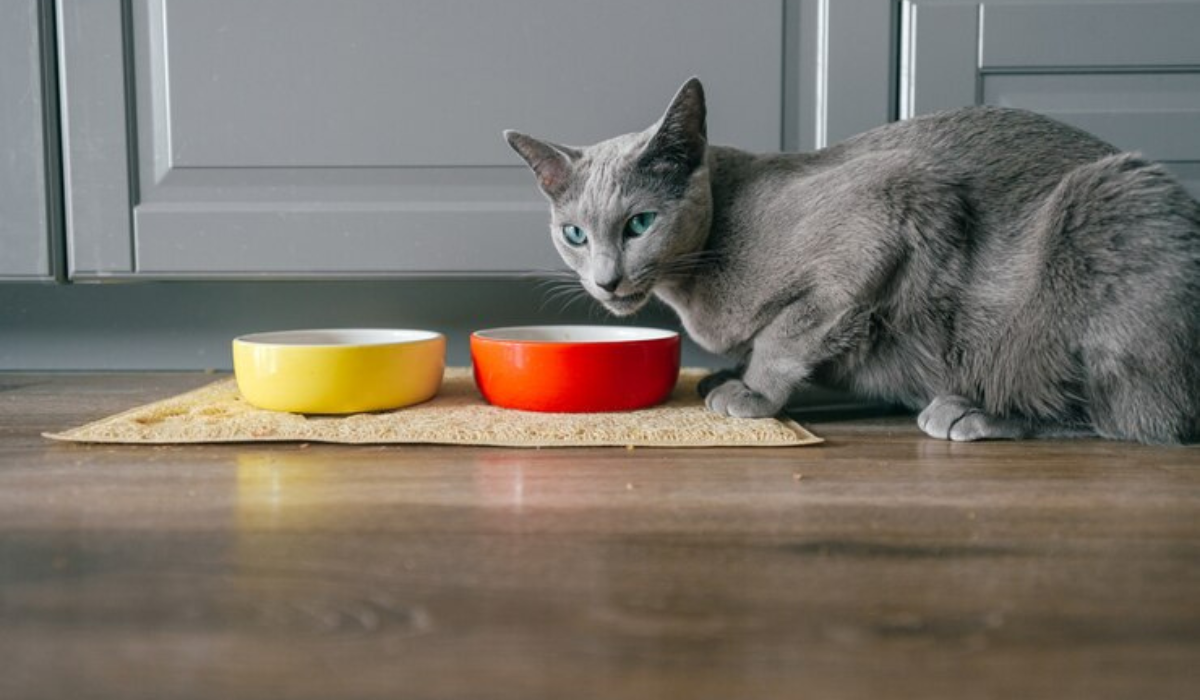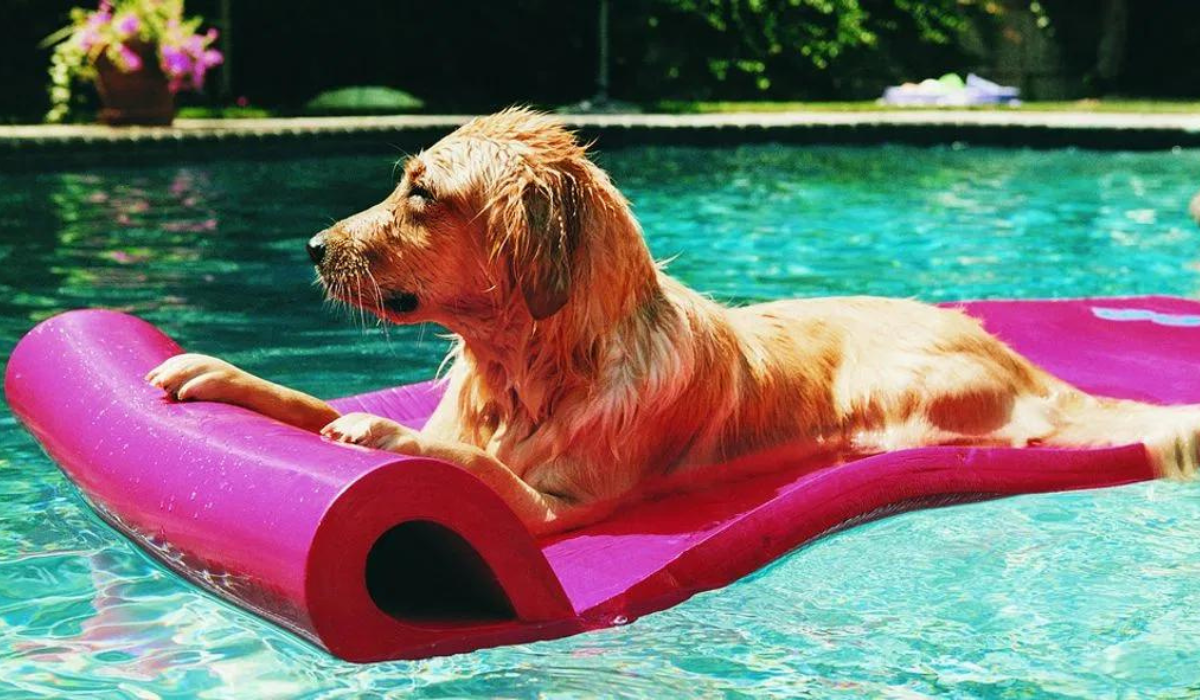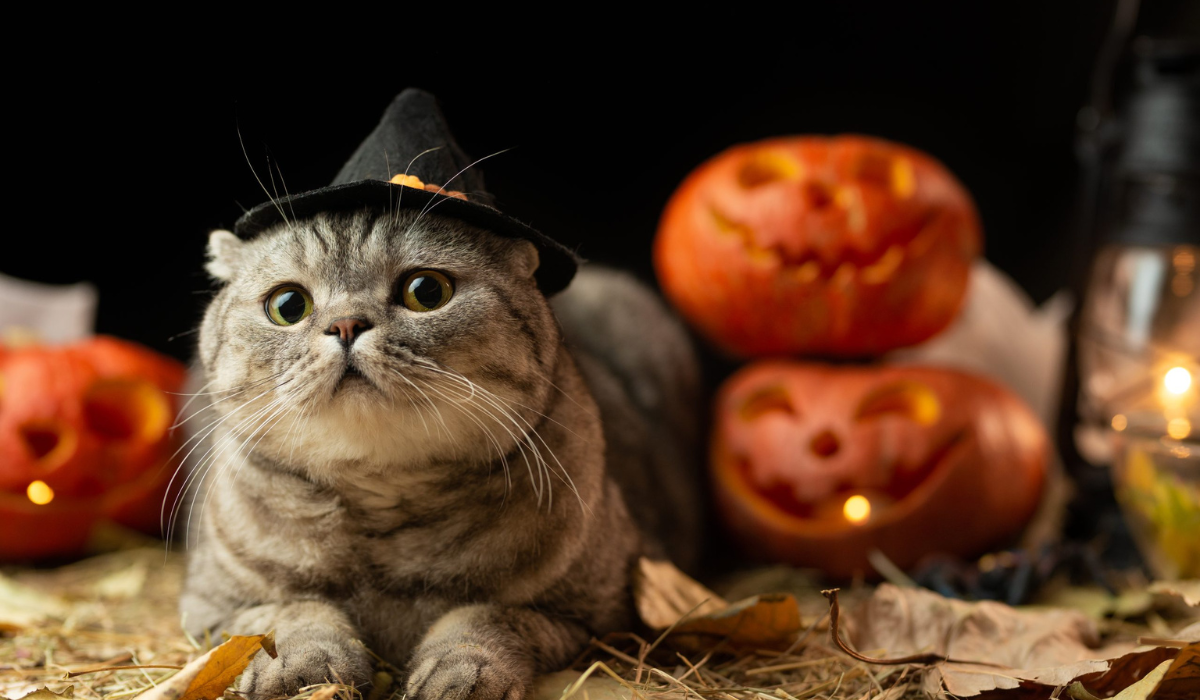Introduction:
Holidays bring joy, celebrations, and unfortunately, possible hazards for our four-legged friends. It is important that pet owners are aware of the dangers lurking in the holiday cheer. This will ensure a happy and safe celebration for dogs and cats. This comprehensive guide will explore holiday hazards, and give you tips to protect your furry friends.
Christmas Lights
Our pets can be fascinated by the twinkling lights in our homes at the holidays. Here are some ways to minimize potential dangers.
-
Cords and Candles
- If chewed, holiday light cords can cause electrical shocks or burns to the mouth. Consider using cord organizers or a pet-friendly spray to prevent gnawing.
- Using lit candles can create a festive mood, but they also pose a risk of fire or burns. Choose flameless or battery-operated candle to avoid these dangers.
Trees and trimmings
The Christmas tree is an iconic part of holiday decor, but it poses several dangers to pets.
-
Tree Stability and Evergreen water:
- Be on the lookout for pets that may try to climb up or knock down the tree. Consider using a stable stand for the tree and bracing it to avoid accidents.
- Nevergreen water can contain harmful chemicals. Change the water regularly and don’t let your pets drink it.
-
Pine Needles and Tinsel
- If ingested, pine needles can cause irritation and puncture to pets. Regularly sweep up the fallen needles to keep the area around your tree clean.
- Even though it is shiny and attractive, tinsel can be a choking risk if swallowed. It may require emergency surgery. Place tinsel out of reach or avoid using it.
-
Ornaments:
- Check ornaments to see if they are breakable and if there is a risk of ingestion. Avoid accidents by placing fragile ornaments or those that are prone to temptation higher on the tree.
Flowers and Plants
Some plants, while festive in nature, can be dangerous to pets.
-
Poinsettias, Other Plants
- Poinsettias may be mildly toxic, but if consumed in large amounts they can cause serious symptoms. Keep them away from children.
- Even non-toxic plants can cause problems if consumed in excess.
Festive Foods
The holiday feast is a great event, but some foods are toxic for pets.
-
Alcohol, Bones and Chocolate
- Alcohol in small quantities can cause comas or even death to your pet. All alcoholic drinks should be kept out of reach.
- Although they are a great treat, bones can cause digestive problems and splinter. Choose pet-safe treats.
- Pets should not be allowed to eat chocolate, dough, fatty foods, onions, macadamia nut, or raisins.
Gifts and Packaging
Pets can be at risk from gifts and their packaging.
-
Food Gifts & Toys
- Keep food away from pets, particularly items such as chocolate and sugar free treats.
- Be sure to supervise your pet when they are playing with toys made of hard plastic. This will prevent any damage or ingestion. Batteries in toys should be stored safely.
-
Wrappings and Decorations
- Ingestion can occur when pets chew or play with wrapping paper, bows, ribbons and other accessories. To avoid any hazards, clean up immediately.
Holiday Hustle & Bustle
Increased activity can stress pets during the holiday season.
-
Maintain Routines and Create Safe Spaces:
- To provide your pet with stability, stick to a regular schedule for feeding and exercising.
- Create a quiet area for your pets to rest during busy periods, with comfort, food and water.
-
Consult a veterinarian and ensure IDs:
- Consult a veterinarian if your pet is experiencing stress or anxiety. They can provide you with guidance and solutions.
- Keep your pets away from bags and packages that may contain potential hazards.
- To prevent your pet from becoming lost, ensure that the IDs and microchips are current.
Conclusion:
Pet owners who are proactive and implement these tips can enjoy the holidays with their pets in a joyful and safe manner. It’s important to be aware and committed to creating a pet friendly environment during the holiday season.






